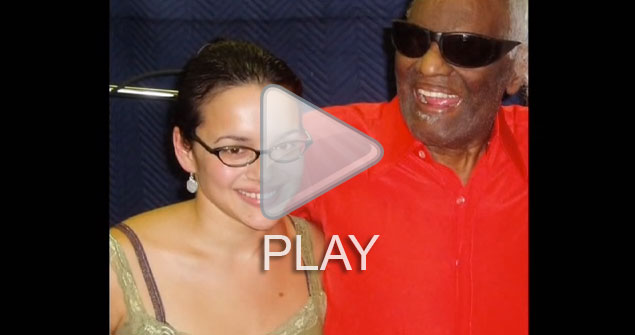Microphone Comparisons
Saxophone – R-121, Coles 4038
Trumpet – R-121, Neumann U-67, RCA 77DX
Acoustic Guitars (Steel String, Nylon String, 12-String) – R-121, Schoeps 221B
Electric Guitar – R-121, SM-57, Coles 4038 (being overstressed)
Drums – R-121
Recorded by Steve Albini
Recorded at Electrical Audio, Chicago, IL.
In Royer’s early days, when many people didn’t understand ribbon microphones, Steve Albini was kind enough to make a number of educational recordings for us which we included on our first demonstration CD. Steve is a well-known, well-respected engineer who has plenty of experience with ribbon mics and thousands of engineers and producers have learned from these comparison recordings over the years.
Tape Op Magazine reviewed our Demo CD #1 and said this about Steve’s recordings:
“The ‘something special’ though is the Microphone Comparisons with Steve Albini at the end of the CD. Steve goes through and compares the R-121 to other mics (Coles 4038, SM57, etc.) and provides us with his wonderful dry commentary. We love ya Steve! Truly one of our favorite CDs at the studio these days.” -LC
All of Steve’s comparison tracks are here, along with his original commentary.
Saxophone (Coles 4038, R-121, close R-121, distant R-121)
Trumpet (Neuman U-67, R-121, RCA 77DX)
Acoustic Guitar (Steel string – Schoeps 221B, R-121 / Nylon string – Schoeps
221B, R-121 / 12-string – tube condenser, R-121, condenser and R-121 blended)
Electric Guitar (SM-57, R-121 / Coles 4038 being overstressed)
Drums




